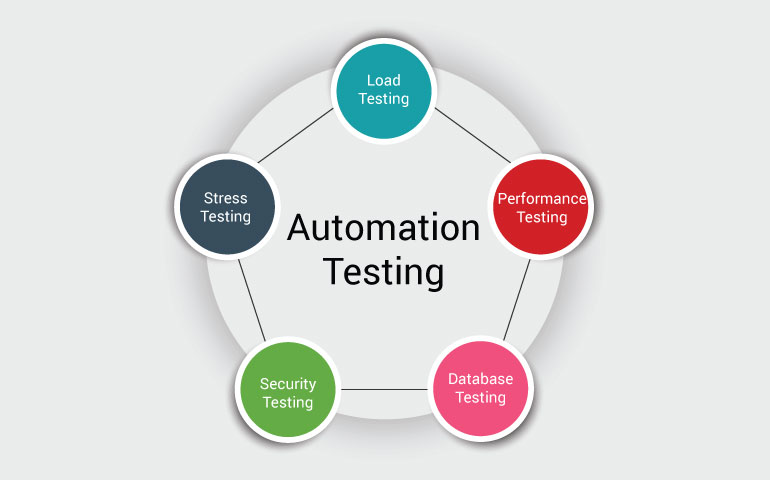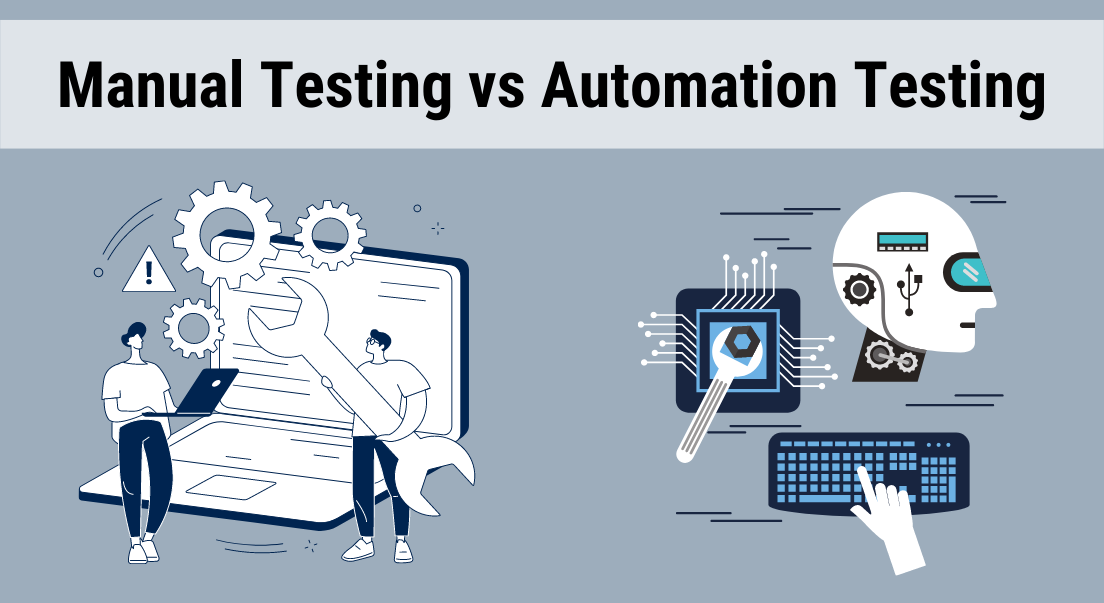Grasping Automation Testing: Tools, Methods, and Advantages
Grasping Automation Testing: Tools, Methods, and Advantages
Blog Article
From Handbook to Automated Testing: A Comprehensive Overview to Transitioning Efficiently and Effectively
In the world of software application testing, the shift from manual to automated processes has become a progressively essential transition for organizations looking for to enhance performance and accuracy in their screening practices. The trip from manual to automated screening is not without its challenges, yet when approached purposefully and with a clear plan in mind, the advantages can be substantial.
Advantages of Automated Testing
Automated testing provides countless benefits, enhancing efficiency and accuracy in software program development processes. Automated tests can be run concurrently on numerous devices and operating systems, considerably speeding up the screening stage contrasted to hand-operated screening.
In addition, automated testing guarantees a higher level of accuracy in finding issues. Since automated tests follow predefined scripts, human error is reduced, causing more reliable test outcomes. Uniformity in screening is additionally boosted, as automated examinations carry out the same steps precisely each time they are run. This consistency is important in guaranteeing that all performances of the software application are completely checked, minimizing the chance of unnoticed insects slipping with to manufacturing.
Picking the Right Tools

Firstly, assess your purposes and demands. Comprehend the range of your job, the technologies involved, and the capability of your group. This evaluation will help you identify the features and capacities you call for in your screening tools.
Secondly, take into consideration the compatibility of the devices with your existing systems and processes. Smooth combination with your present software growth lifecycle is important to make sure a smooth shift to automation.
Additionally, review the scalability and versatility of the tools. As your screening needs evolve, the devices ought to be able to adjust and fit changes properly.
Finally, consider the assistance and community around the devices. Robust support and an energetic user neighborhood can offer valuable sources and assistance when applying automated testing. By carefully thinking about these aspects, you can choose the right devices that line up with your needs and set the phase for an effective transition to automated screening.
Writing Reliable Examination Scripts

When crafting test manuscripts, it is vital to take into consideration the certain requirements of the software application being tested and make sure that the scripts attend to all crucial capabilities. Detailed and clear naming conventions for examination scripts and test instances can enhance readability and maintainability. Furthermore, including error handling devices within the test scripts can aid in identifying and attending to issues quickly.
In addition, organizing test scripts right into modular components can enhance reusability and scalability, lowering redundancy and enhancing effectiveness in examination script maintenance. Routine reviews and updates to check manuscripts are important to equal evolving software demands and performances. By complying with these principles, testers can develop reliable and robust examination scripts that add significantly to the success of check these guys out automated testing processes.
Integrating Automation Into Workflows
Efficient combination of automation tools right into existing process simplifies procedures and boosts productivity within software development cycles. When incorporating automation into workflows, it is essential to identify repetitive tasks that can be automated to conserve time and lower human mistake. By flawlessly incorporating automated screening tools like Selenium or Appium into the software development lifecycle, teams can attain faster responses on code adjustments, causing quicker insect detection and resolution. This integration allows for continuous screening throughout the advancement procedure, making sure that any type of issues are identified beforehand, causing higher software top quality. In addition, automation can be utilized to trigger examinations immediately after each code commit, providing prompt validation and freeing up testers to concentrate on more complex circumstances. Appropriate integration of automation devices needs collaboration in between development, screening, and operations groups to develop a unified workflow that maximizes effectiveness and effectiveness in supplying premium software.
Making Certain a Smooth Shift
Effectively transitioning to automated screening involves careful preparation and careful implementation to optimize and minimize disruptions effectiveness in the software program development process - automation testing. To make sure a smooth change, it is important to start by carrying out a thorough assessment of the present screening procedures and identifying areas where automation can bring the most considerable advantages. Engaging with all stakeholders early on at the same time, including designers, testers, and job supervisors, is vital for gathering assistance and buy-in for the automation effort
Interaction is vital throughout this transition phase. Clear communication of the goals, benefits, and expectations of automated screening aids to take care of any resistance or concerns that may develop. In addition, giving ample training and sources for team participants to upskill in automation devices and strategies is essential for ensuring a successful shift.

Verdict
Finally, transitioning from handbook to automated testing supplies various advantages, consisting of raised efficiency and integrity. By choosing the ideal devices, creating efficient test scripts, and incorporating automation effortlessly right into process, organizations can guarantee a smooth and effective shift. It is important to welcome automation as an important property in software application testing processes to enhance overall high quality and efficiency.
In the realm of software application screening, the shift from manual to automated processes has ended up being a progressively crucial shift for organizations looking for to boost effectiveness and accuracy in their screening techniques. Automated tests can be run at the same time on multiple tools and running systems, substantially speeding up the screening phase contrasted to hands-on testing. Uniformity in testing is additionally enhanced, as automated tests implement the exact same steps specifically each time they are run.To guarantee the successful application of selected screening devices, the production of efficient test manuscripts Bonuses plays a crucial duty in verifying the functionality and performance of automated procedures - automation testing. By complying with these concepts, testers can produce effective and robust examination scripts that add considerably to the success of automated screening processes
Report this page